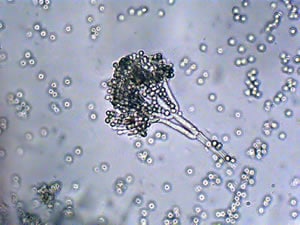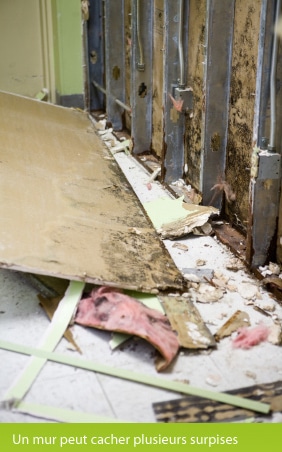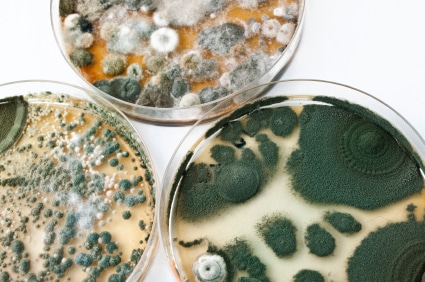If you have mold in your home, it can be dangerous to your health. This situation happens very often and sometimes without you realizing it right away. Know that it is not difficult to get rid of it, unless you deal with the problem quickly. If you need the services of an indoor air quality specialist, you can count on our know-how.
General Information
The main places and rooms in the house where mold is most likely to appear are :
- Wet rooms such as the kitchen, bathroom or toilet;
- The bedroom;
- A cellar or crawl space.
Mold needs moisture to grow. It's a fact, mold is actually always generated by a significant amount of moisture. If you have them at home, it's a safe bet that you also have a concern for humidity.
The different causes of the presence of mold in a dwelling
To be able to eradicate mold, you must first focus on the moisture problem. The origins of the appearance of moisture are many and varied. The main ones are mold by capillary rise, by water infiltration as well as by condensation moisture.
What is hair lift?
Hair growth is a relatively common cause of mold, which is particularly noticeable in old homes. The capillary rise is actually moisture from the ground and that passes through the basement in the walls. This occurs especially when the walls are not properly sealed.
Mold due to water infiltration
Water infiltration is mainly the result of moisture problems in a house façade. This certainly leads to the presence of mold. As you probably know, the façade is subject to the vagaries of time. When it rains and the façade does not become completely dry again, the internal walls will soak up moisture. This therefore promotes humidity inside the building.
Old houses with dilapidated facades are the most affected by water infiltration. Rainwater is easily introduced through degraded joints or cracks in the façade. To avoid infiltration, the application of a protective layer on the façade is recommended.
Mold caused by condensation moisture
Finally, condensation humidity, another factor contributing to mold growth, results mainly from the fact that the hot air cools, but also from the air that is exhaled. This is the case, for example, when you cook. Hot steam is produced and it attaches to the windows and tiles of the room. It is the same when taking a bath or shower.
When this moist air is not released outside the home, it will condense and settle against the walls. It is then that they will moisten and you now know, a damp wall is a significant vector for the development of mold.
In any case, to protect you from the inconvenience caused by the spread of mold, we are at your disposal to help you improve your indoor comfort and the quality of your air. Having more than thirty years of experience, we offer you a complete expertise to detect the presence of the slightest moisture and mold in your home.








